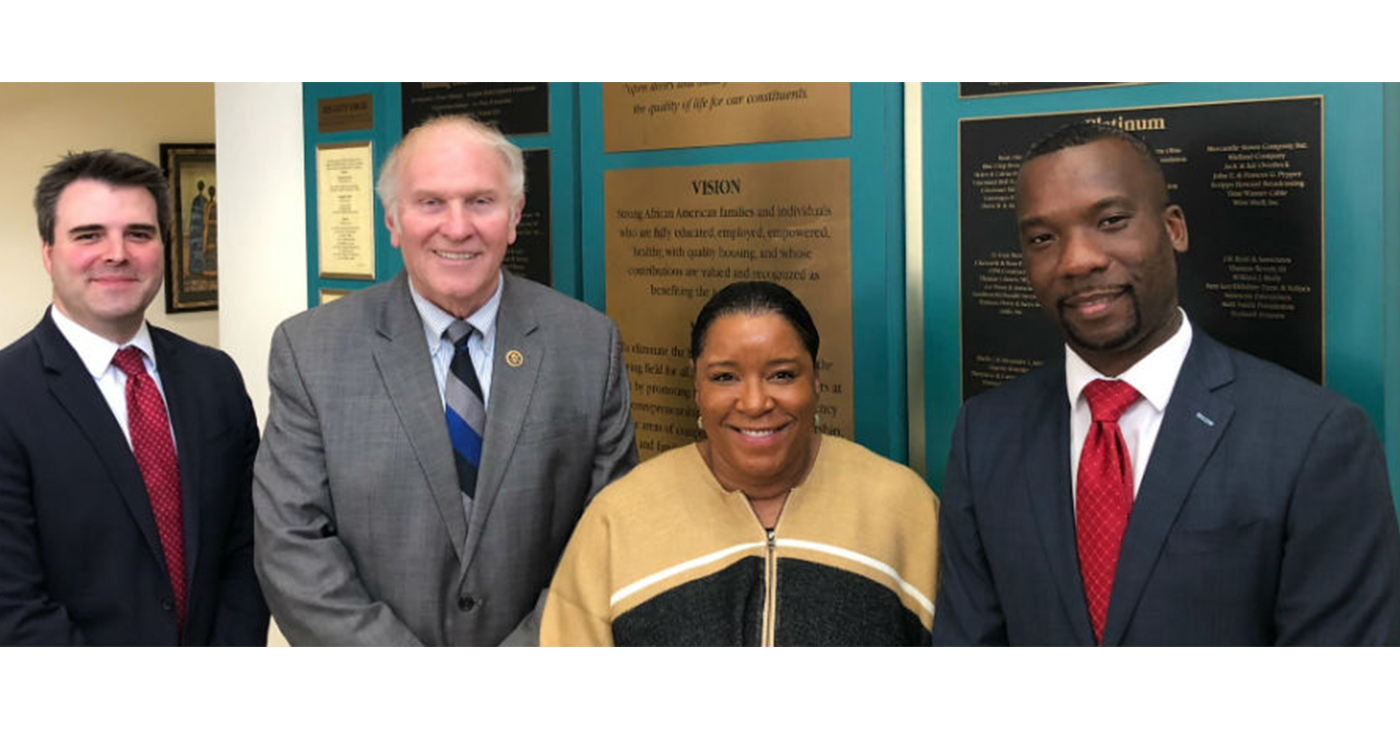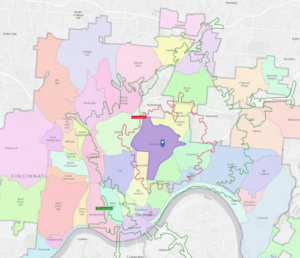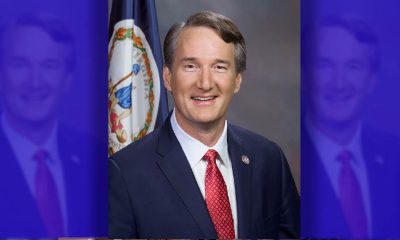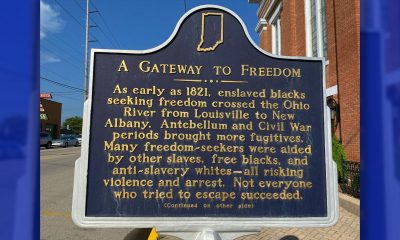Business
Opportunity zones could spur investments in distressed areas
CINCINNATI HERALD — Congressman Steve Chabot (R – 1st District) has been meeting with local community leaders and organizations this past week about opportunities for local development through a new funding mechanism, opportunity zones.

By Dan Yount
Congressman Steve Chabot (R – 1st District) has been meeting with local community leaders and organizations this past week about opportunities for local development through a new funding mechanism, opportunity zones.
Enacted within the year-old Tax Cuts and Jobs Act (TCJA), opportunity zones provide preferential tax treatment for certain investments made in designated localities with the goal of spurring economic development in distressed communities.
Senators Tim Scott (R-SC) and Cory Booker (D-NJ) were major proponents of opportunity zones as the tax debate unfolded. This provision also represents one of the most bipartisan pieces of the TCJA.

Map shows opportunity zones in Ohio. Provided
To become an opportunity zone, a locality had to be recommended to the governor of a state within a certain period, Chabot said. A locality was eligible if it met one of the following definitions: 1) a qualified low-income community using the same criteria as under the New Markets Tax Credit, or 2) a census tract that was contiguous with a New Markets Tax Credit community where the median family income of the tract did not exceed 125 percent of the contiguous New Markets Tax Credit locality. Only 5 percent of the total designated localities in any state can be selected from option number two.
Each state was limited to the number of Qualified Opportunity Zones that could be designated. Of the 1,280 eligible localities in Ohio, only 320 could be designated as an opportunity zone.
Chabot’ said his district – Ohio’s First Congressional District -has the third highest number of designated opportunity zones in Ohio with 28 (three tracts in the West End, along with tracts in Avondale, Bond Hill, Camp Washington, Corryville, South Cumminsville, Evanston, North and South Fairmount, Madisonville, parts of the Price Hill neighborhoods, Northside and Queensgate.)

Congressman Steve Chabot hosts an opportunity zone meeting in Lincoln Heights on March 19. Photo provided
There are over 8,700 total opportunity zones in the country. In total, there are approximately 35 million Americans living in these zones and they have an average poverty rate of 32 percent compared to the rest of the country with a 17 percent average poverty rate.
To spur economic investment in these designated zones, the TCJA created tax preferences for certain investments, Chabot said. First, a fund must be created for the purpose of investing in opportunity zone property. An opportunity zone property could consist of stock or partnership interest in a business located in a designated zone. Once a fund is established, there are a number of tax incentives, such as deferral of capital gains for reinvestments.
Congress and much of the nation are awaiting the next round of Treasury Department guidance, which is expected by the end of April. This new guidance should help clarify the types of property that are eligible as a qualified business property and the reporting requirements for divestments from a fund.
At a Lincoln Heights Roundtable hosted by Congressman Chabot Tuesday, attendees included community leaders and representatives from state and county agencies, development groups, financial institutions and small business organizations.
This article originally appeared in the Cincinnati Herald.












































